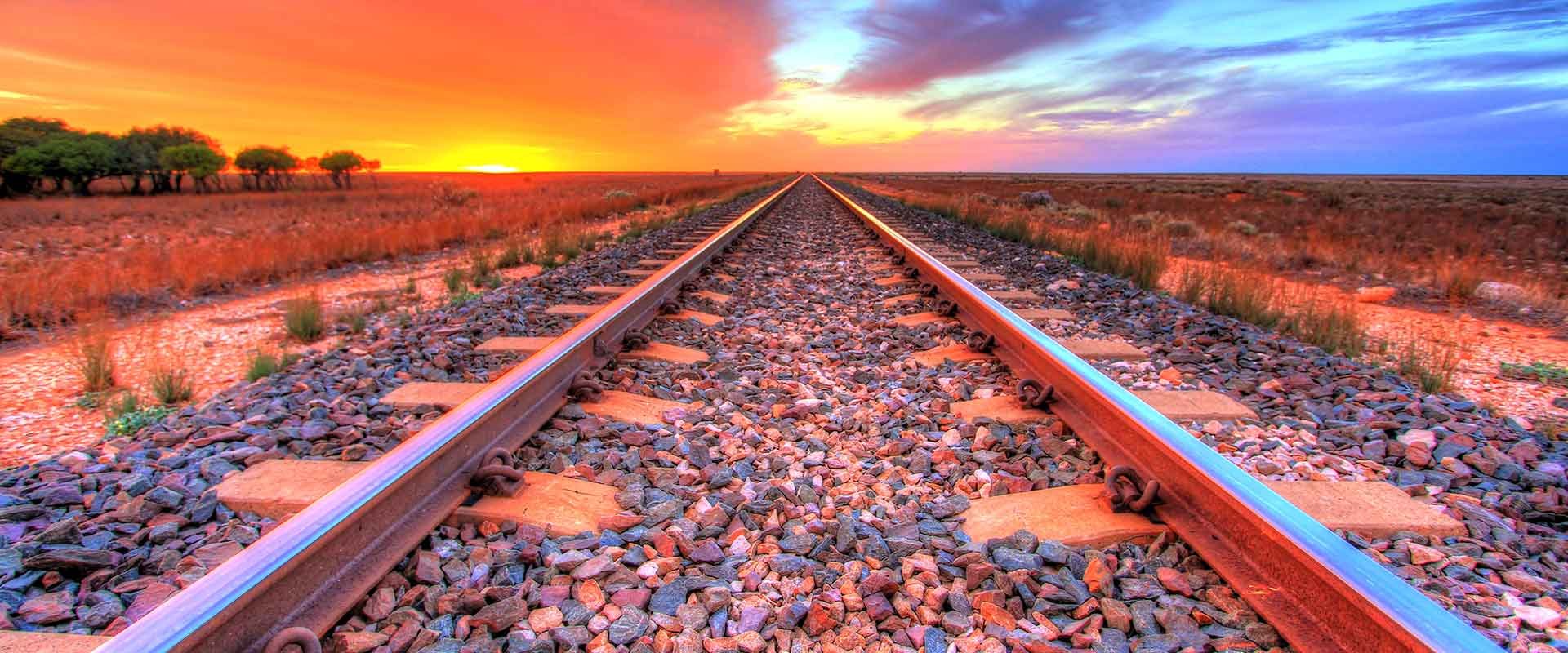Australian rail trivia: five facts to trains-form your day
infrastructure

infrastructure
The rail industry is a ubiquitous part of the Australian economy, generating around $30 billion in economic activity and 165,000 direct and indirect Australian jobs each year. Whether supporting our daily commute, enabling trade across our nation or helping to connect and grow our communities, trains shape our everyday lives as Australians. Want to know more about this enduring industry? We’ve found five facts about Australian rail that will stop you in your tracks.
Byron Bay boasts the world’s first – and only – 100 per cent solar-powered passenger train. Since it began operating in 2017, the Byron Solar Train has travelled a six-kilometre return journey 10 times per day, powered entirely by the sun. Featuring quaint brick-red cars and vintage leather benches, the train is a nod to the past, while concurrently leading the way to our renewable future.

In a rail network, it is important to use the same track gauge (distance between two rails of a railway track) for an entire network, so that trains can smoothly connect to all tracks. Unfortunately for Australia, miscommunications during the original development of the rail network in Australia led to three separate colonies building three different sized gauges.
This became a major issue in 1901 with the removal of trade barriers, as trains could not connect to tracks in other states. It took 94 years before all capital cities were joined by one standard gauge. As of 2022, the Australian rail network still comprises three different gauges: 18,007 kilometres of standard gauge, 2,685 kilometres of broad gauge and 11,914 kilometres of narrow gauge tracks.

Passenger rail provides massive environmental benefits, with every commuter train of passengers taking 578 cars off the road. In fact, each train of commuters has an environmental benefit equivalent to planting 1800 trees per year. It’s a good thing then that rail plays such a major role in our commute – it is the most popular mode of public transport in Australia, with 3.5 million passenger journeys made every weekday.

The train line between Adelaide and Perth contains a 478-kilometre section without a single bend, making it the longest dead straight railway track in the world. Crossing the Nullarbor Plain, this section of the Trans-Australian Railway can even be seen from space and has been described by former astronaut Andy Thomas as appearing like “someone has drawn a very fine pencil line across the desert”.

Western Australia’s Pilbara region boasts the world’s first fully automated heavy haul rail network, which supports Australia’s iron ore industry along a 3664 kilometre track. One automated train in the Pilbara is impressively able to carry the equivalent of 631 B-Double trucks.
It’s clear to see how the rail freight industry provides clear gains in efficiency and environmental outcomes while supporting a crucial export market; it’s no surprise the rail freight industry is expected to grow 41 per cent from 2016 to 2030.
From conceptual design to final completion, Brunel can help source the right people and skills behind the build for your civil infrastructure and commercial construction project.